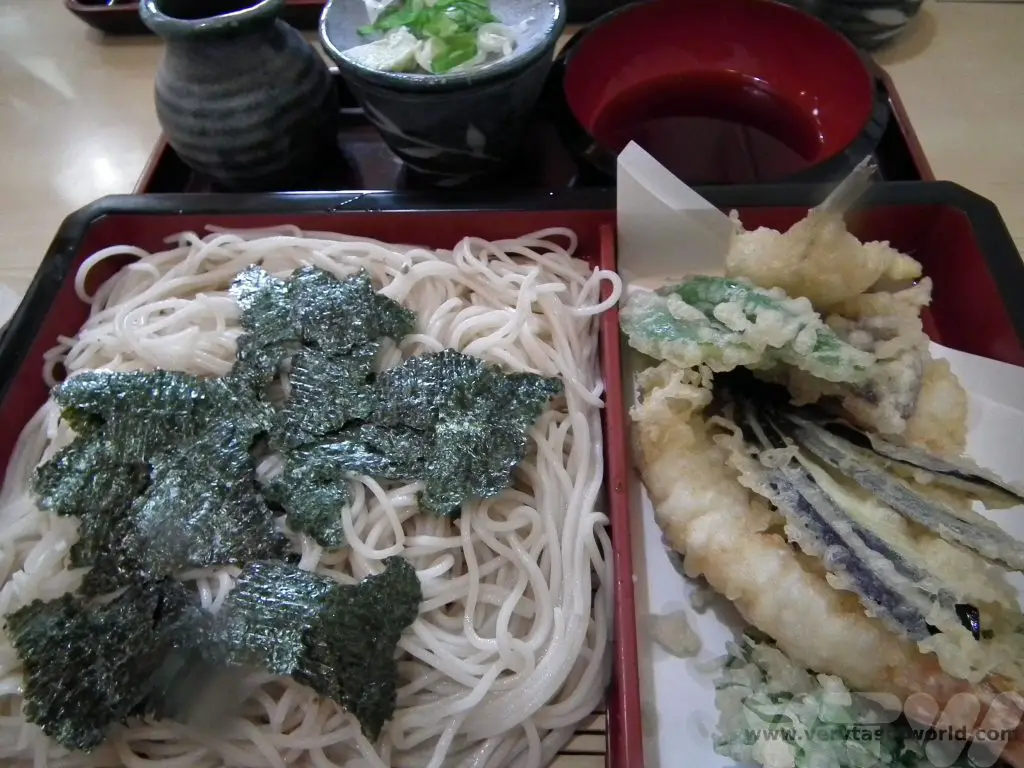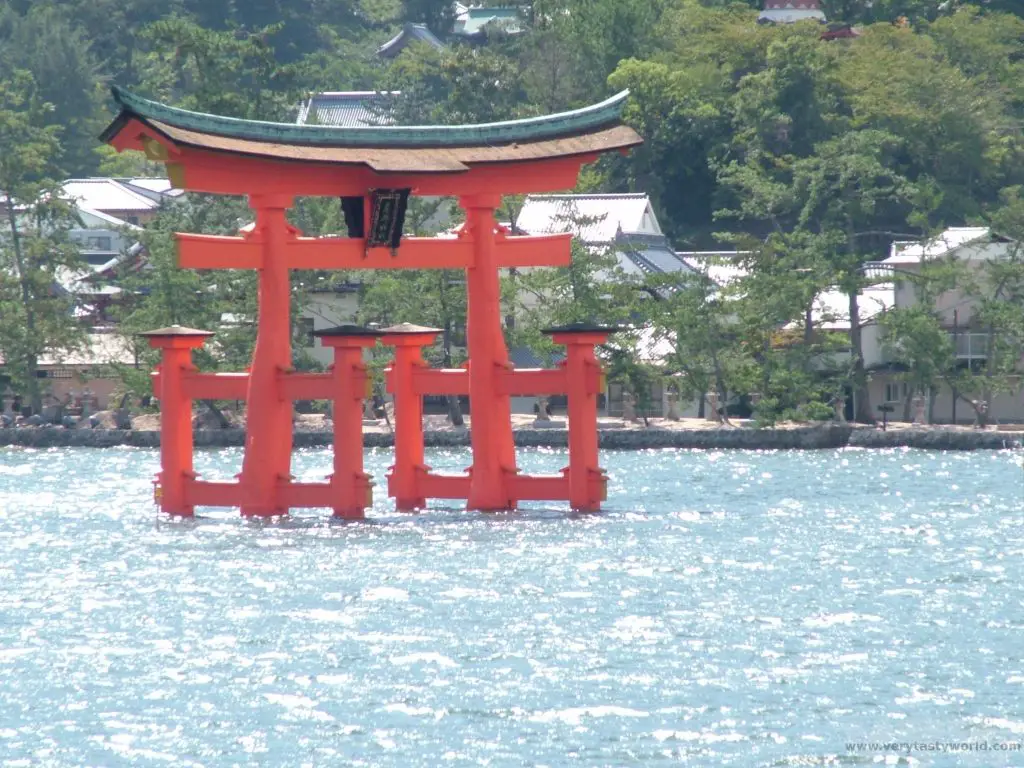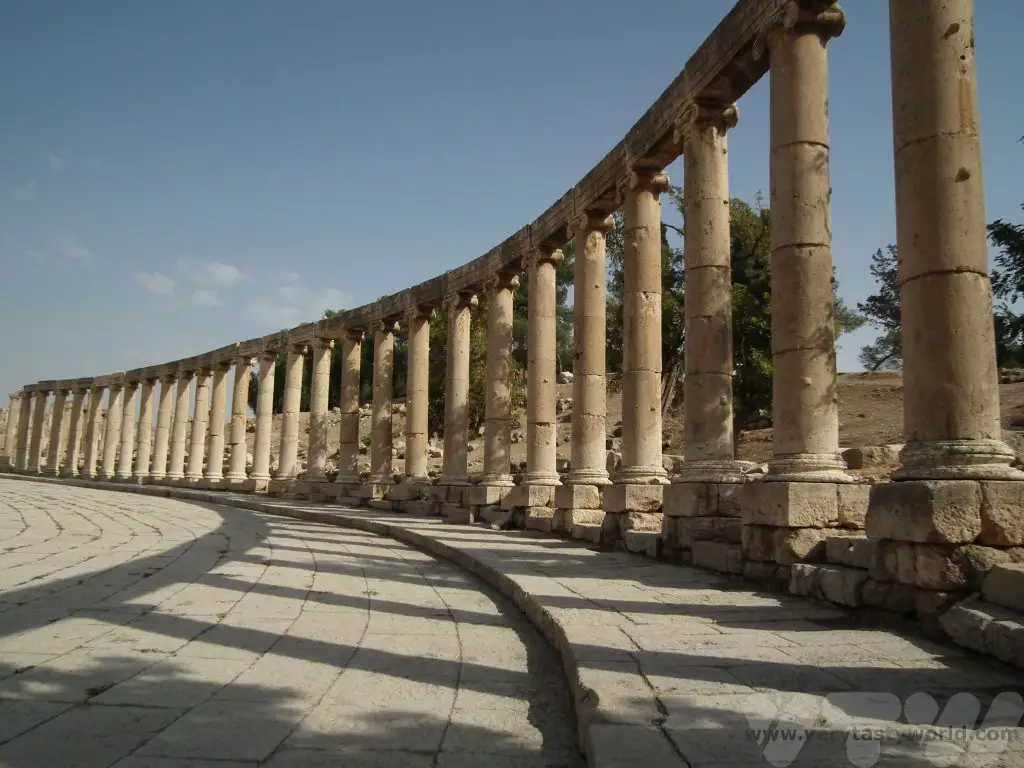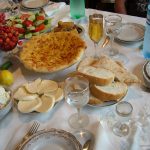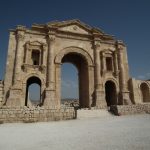Sweet Treats in Candy Alley, Kawagoe, Japan
There are loads of cool and interesting districts to visit that are just a (relatively) short train journey from central Tokyo. Kawagoe is one such place for a day trip. It is just half an hour to one hour’s train ride away, depending on where in Tokyo you are staying, in Saitama prefecture. You can get there directly from Shinjuku on the Seibu line. It’s known as Little Edo because of its old warehouses and merchant homes, called Kurazukuri.
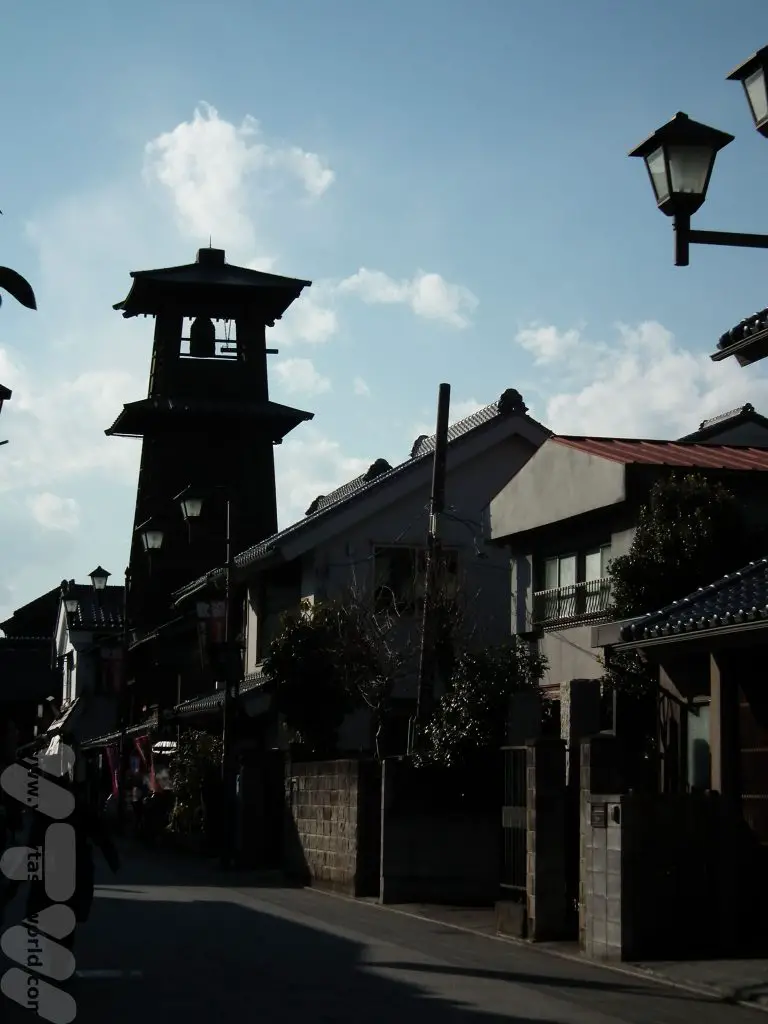
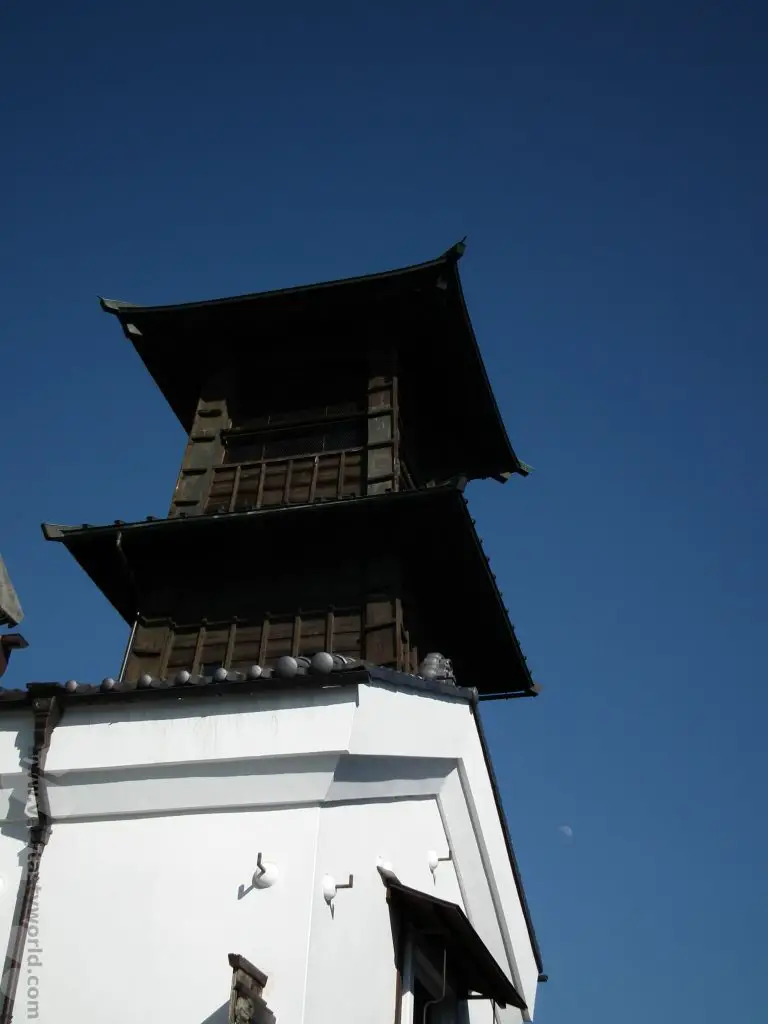
It has a charming old world feel, albeit with lots of shops for tourists, and there are loads of foodie attractions and restaurants to look out for; charcoal boiled eel in a sweet soy sauce is a speciality here, as are sweet potato dishes.
One of the attractions in Kawagoe is Kashiya Yokocho – Candy Alley – a street chock full of traditional Japanese shops offering sweet temptations.
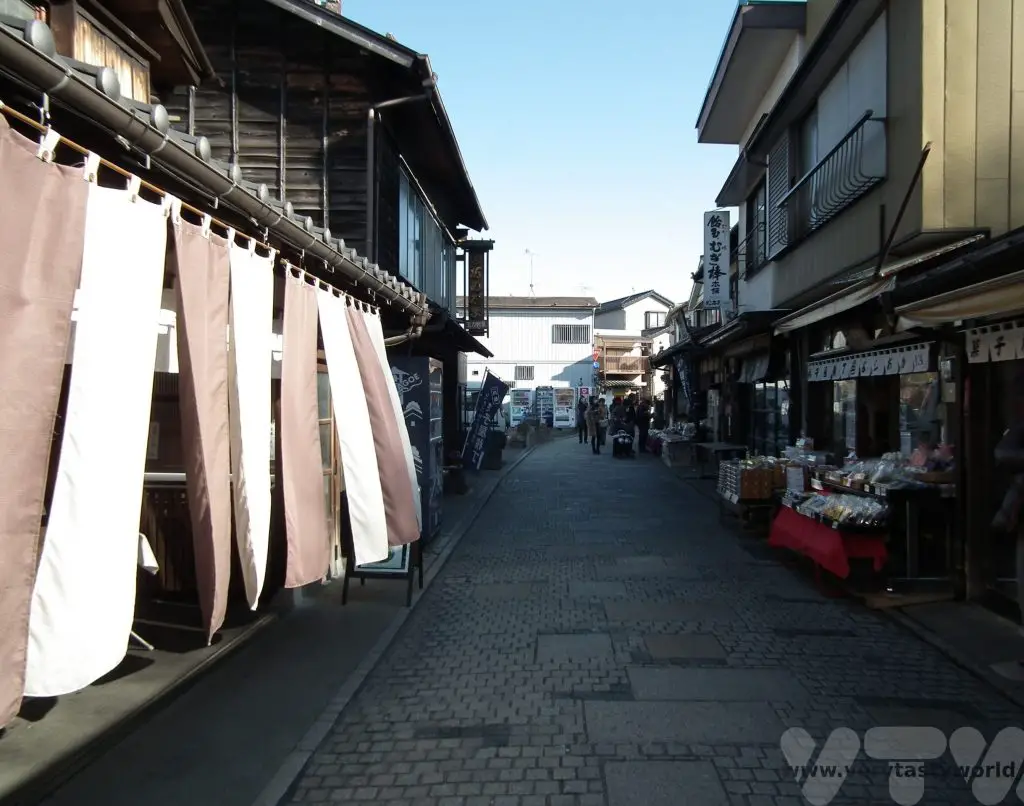
This emporium had a giant penguin minding the store.
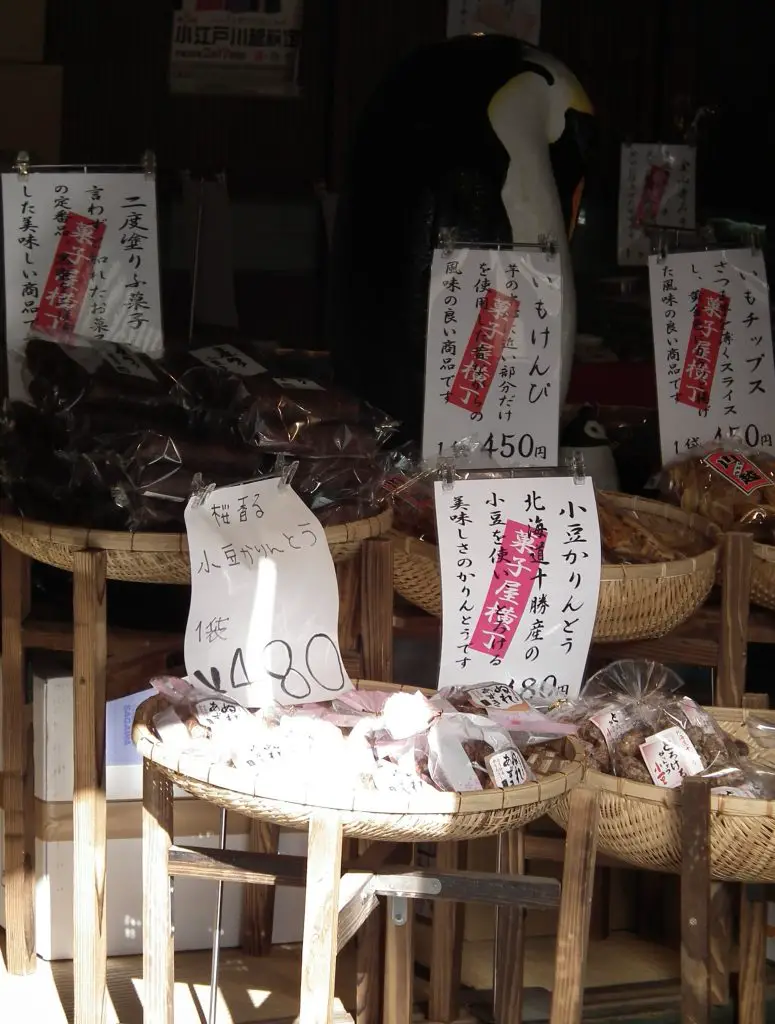
The Kawagoe tourism website has a brief history of the alley:
It is said that the beginning of this Kashiya Yokocho was in the early Meiji Period when Suzuki Tozaemon started to make candy in this prospering town in front of Yojuin Temple. In 1923, after Tokyo was damaged in the Great Kanto Earthquake, this area became the main producer and supplier of candy. There were more than 70 shops in the early Showa Period but due to the war and changes in lifestyle the number has decreased.
If you don’t have a sweet tooth, no problem. There are plenty of savoury snacks on offer as well. Takosen is takoyaki (deep fried octopus balls) sandwiched between prawn crackers.
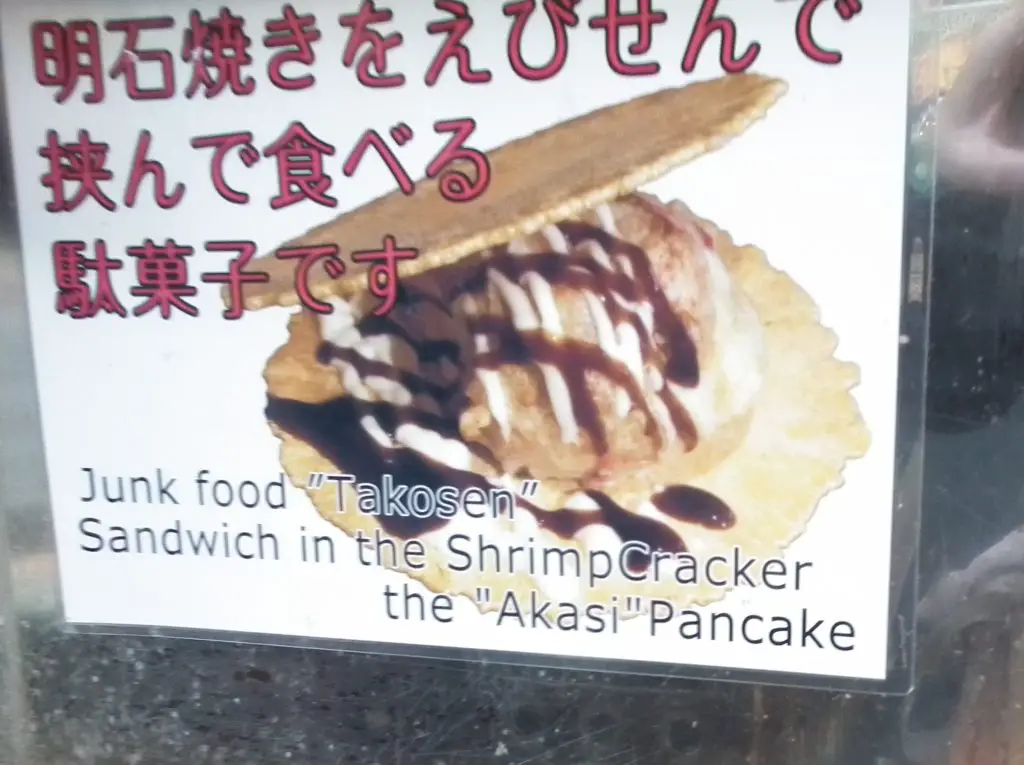
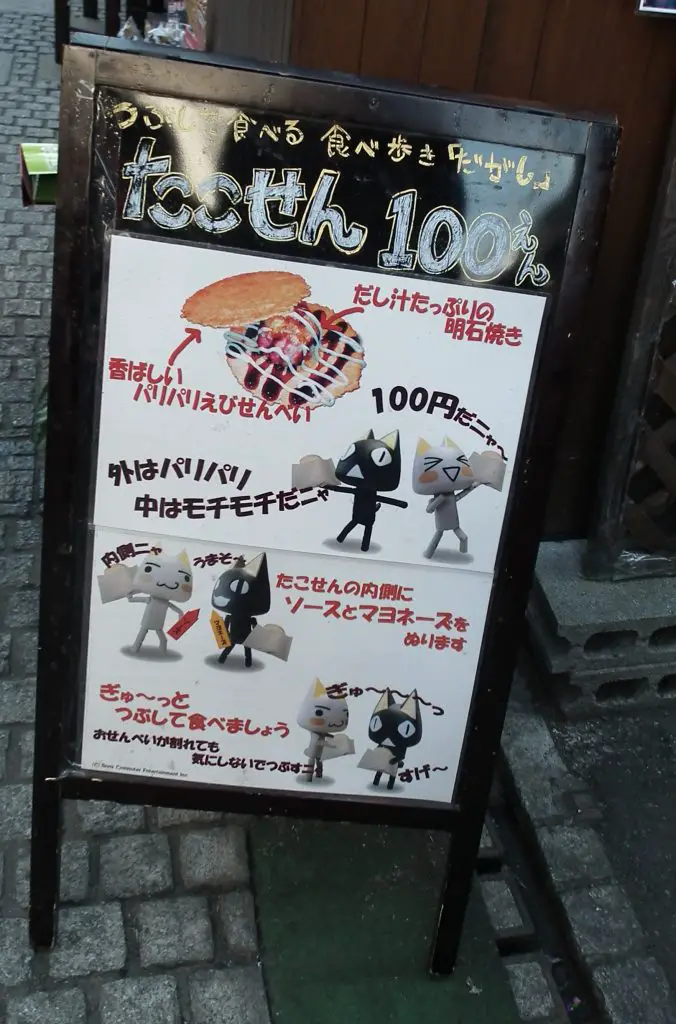
The name combines tako (octopus) with senbei (cracker) and advertises itself as junk food. It is seriously good.
Sweet potatoes are particularly popular, in fact Kawagoe is known colloquially as the city of sweet potatoes. Once considered a staple after the war, when food was scarce, the city still makes multiple products from these tasty tubers.

And if you’re given a photo opportunity to pose as a sweet potato you have to take it, don’t you?
Imo senbei snacks are thinly sliced, dried sweet potato crackers sprinkled sparsely and randomly with black sesame seeds.
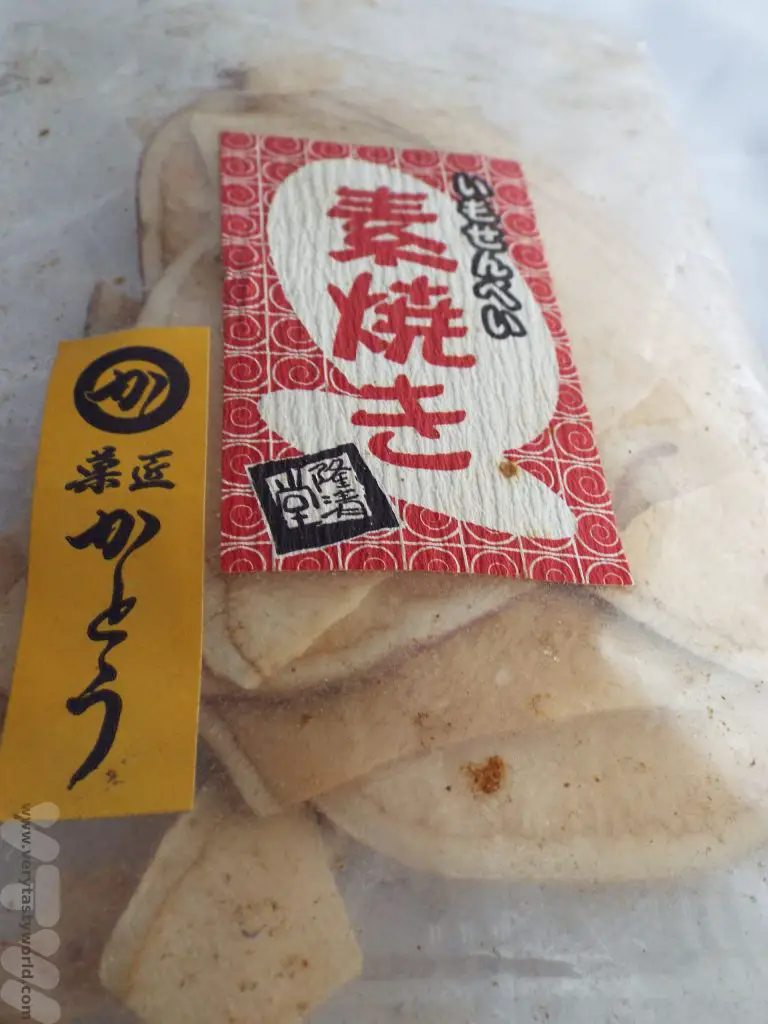
The curious thing about these is that you would expect them to be either sweet or slightly salty and they are neither. They are not bland, but rely on the natural sweetness of the sweet potato and have just a hint of sesame for additional flavour. They have a lovely crunchy texture and are great to eat as an accompaniment to a cool beer.
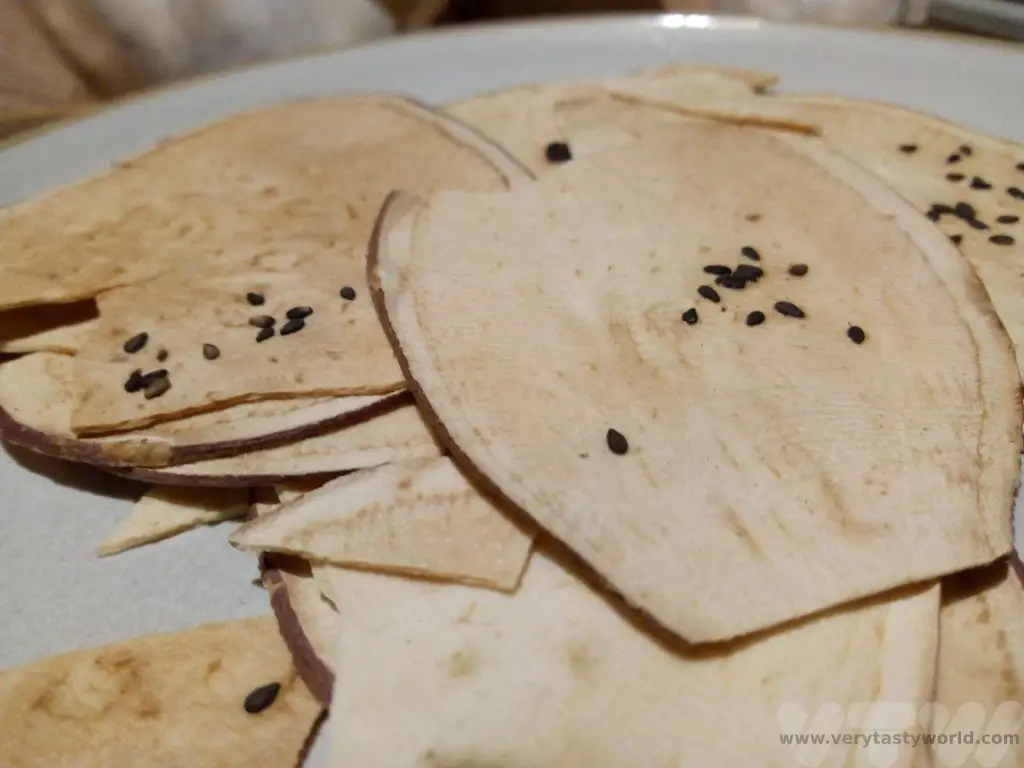
They are also very thin and lightweight – so they are ideal for slipping into your suitcase as an omiyage (a souvenir/gift) for your friends. Or you could just keep them and scoff them yourself when you get home!

- Recipe: Simmered Shiitake Mushrooms
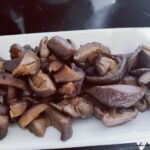
- How to Use Public Transport in Japan

- RECIPE Oyakodon Donburi

- Planning a Trip to Japan
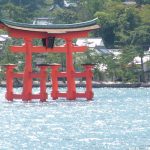
- The Makanai: Cooking for the Maiko House

- Setsubun Food – Bean Throwing Day

- The Gassho Farmhouses of Rural Japan
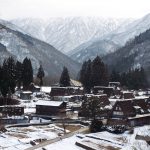
- Recipe: Japanese Simmered Pork Belly – Buta no Kakuni

- RECIPE: How to Make Umeboshi

Hokkaido’s Red Crowned Crane ‘Eggs’
Hokkaido’s red crowned cranes reside on Japan’s northern – and second largest – island, are so famous that they feature on the country’s banknotes and as the logo for Japan Airlines. Half of the world’s population of these distinctive and beautiful birds, amongst the rarest cranes in the world, reside on the eastern part of the island. The cranes mate for life and are known for their ‘dancing’ together as part of their courtship ritual. Many red crowned cranes are migratory but the ones that reside in Hokkaido are resident all year round.
It isn’t always possible to see wild cranes – wildlife being wildlife can be somewhat elusive – but the Akan International Crane Sanctuary is located close to the town of Kushiro and offers the opportunity to see these marvellous birds up close. It can be enjoyed as part of a day trip visiting the beautiful countryside surrounding the town.
Kushiro is the last stop on the line. If you’re using your JR Pass and travelling from Sapporo, the train has a logo at the front that is highly appropriate.
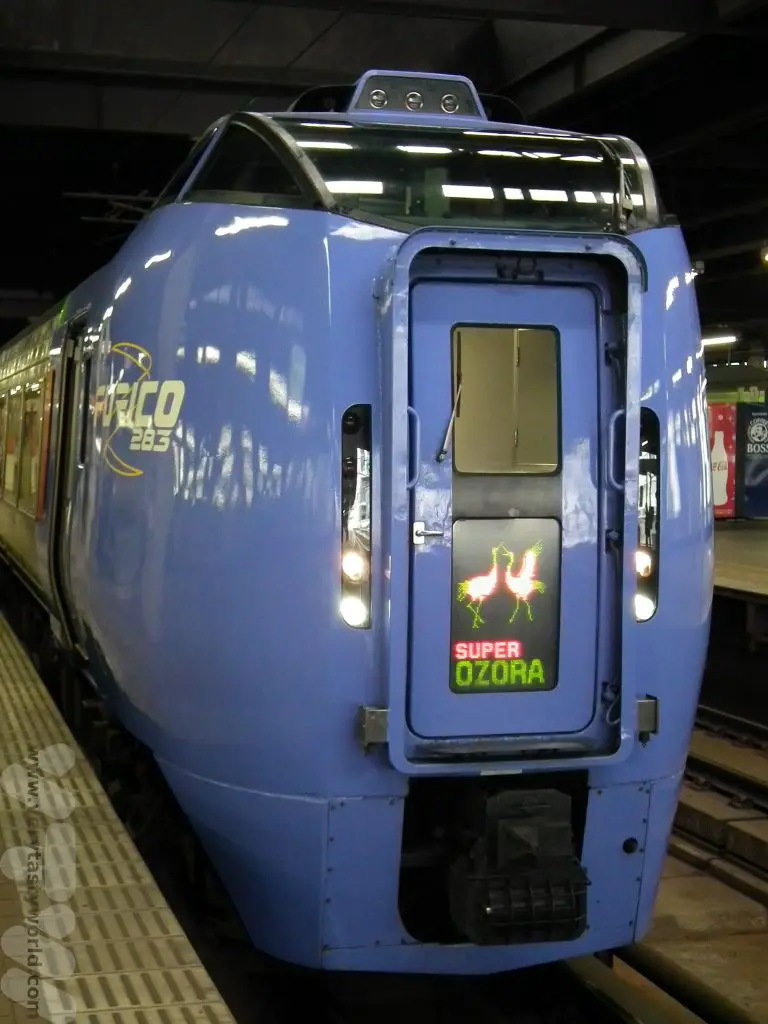
The sanctuary has information about its work which is mostly in Japanese but, like a lot of Japanese information, it uses plenty of graphics as well.
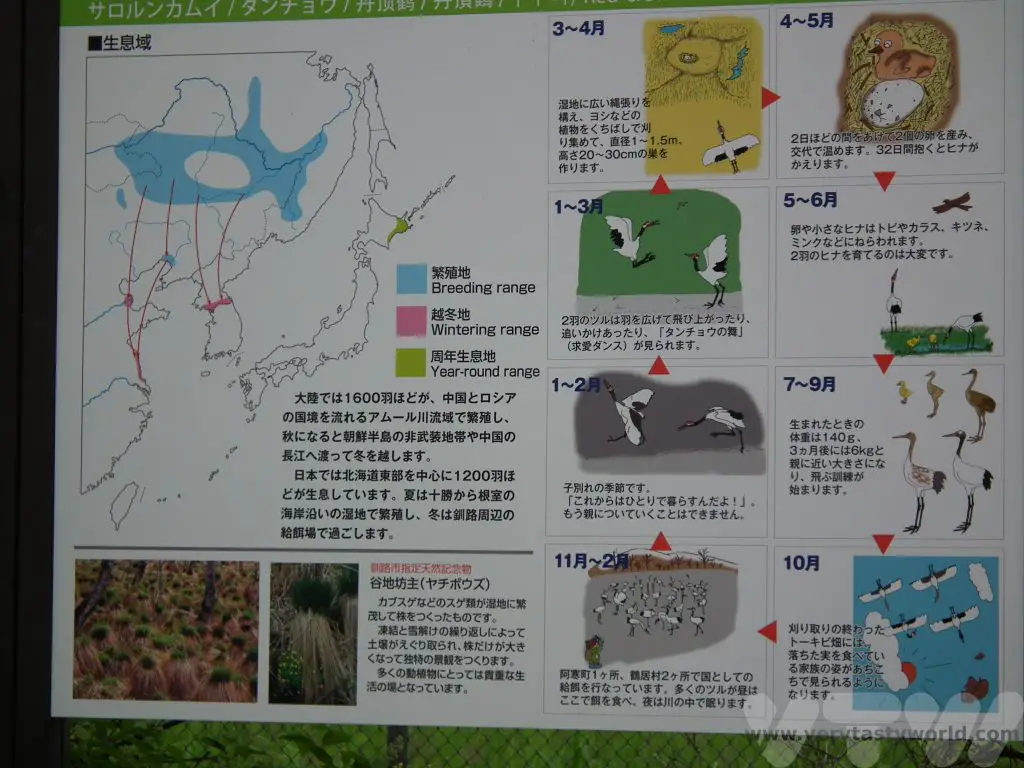
The cranes almost became extinct during the 20th century and remain on the endangered list. The centre acts as a feeding location for wild cranes and also has a number of captive cranes which are held in as natural an environment as possible making it possible to see the cranes all year round.
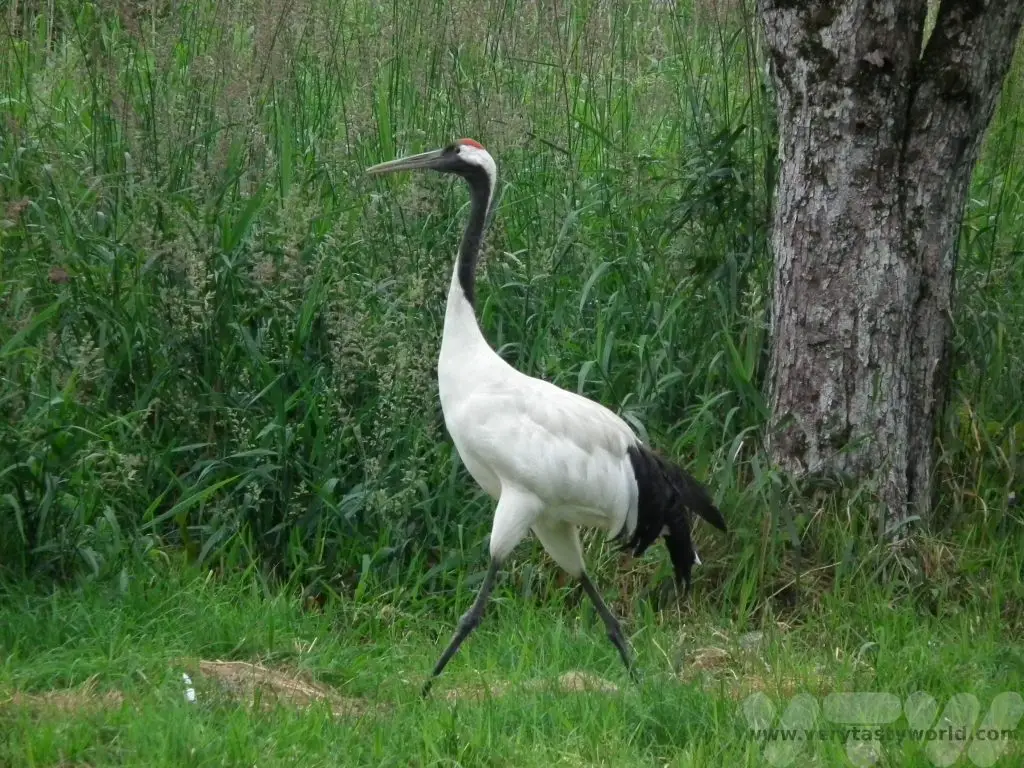
If you want to see them dancing in the snow you need to visit in winter but be prepared for loads of tourists with very expensive cameras who are all vying to snap that elusive shot of the crane couples’ fascinating dances.
The birds are able to breed. It was rather lovely to see one of the newest arrivals.
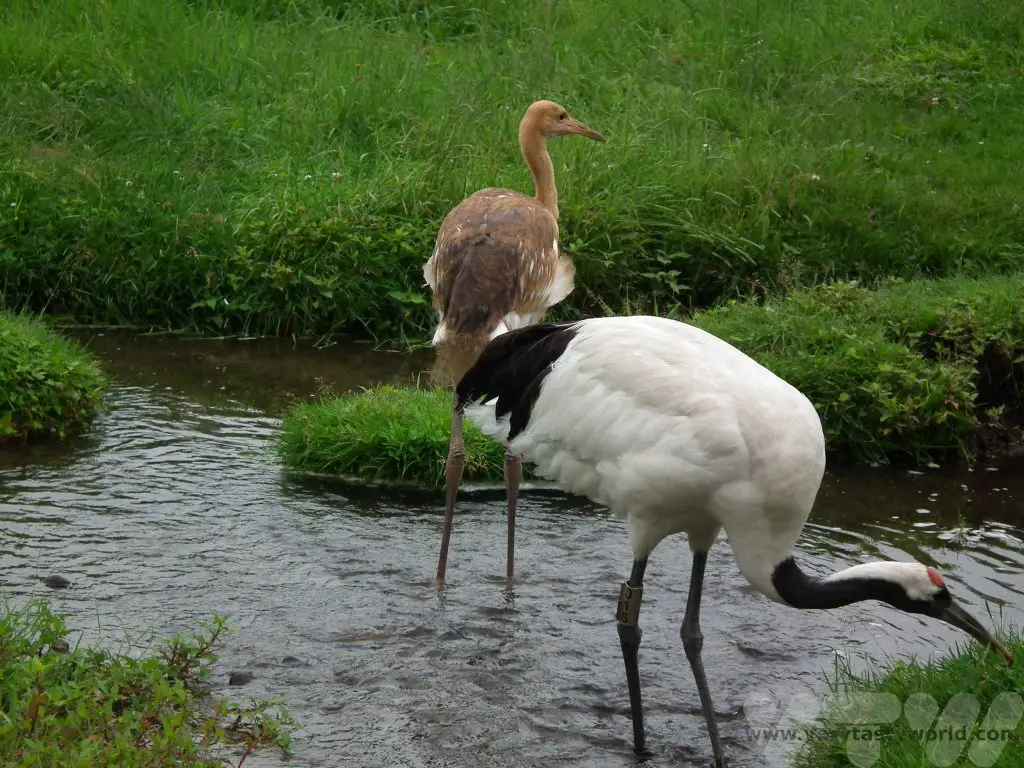
Hokkaido Red Crowned Cranes Souvenirs
And what point is there in a visit to a local tourist attraction to see Hokkaido red crowned cranes without indulging in some edible souvenirs? Made from local ingredients, you can buy ‘crane egg’ omiyage (souvenir gift), which come in presentation box.
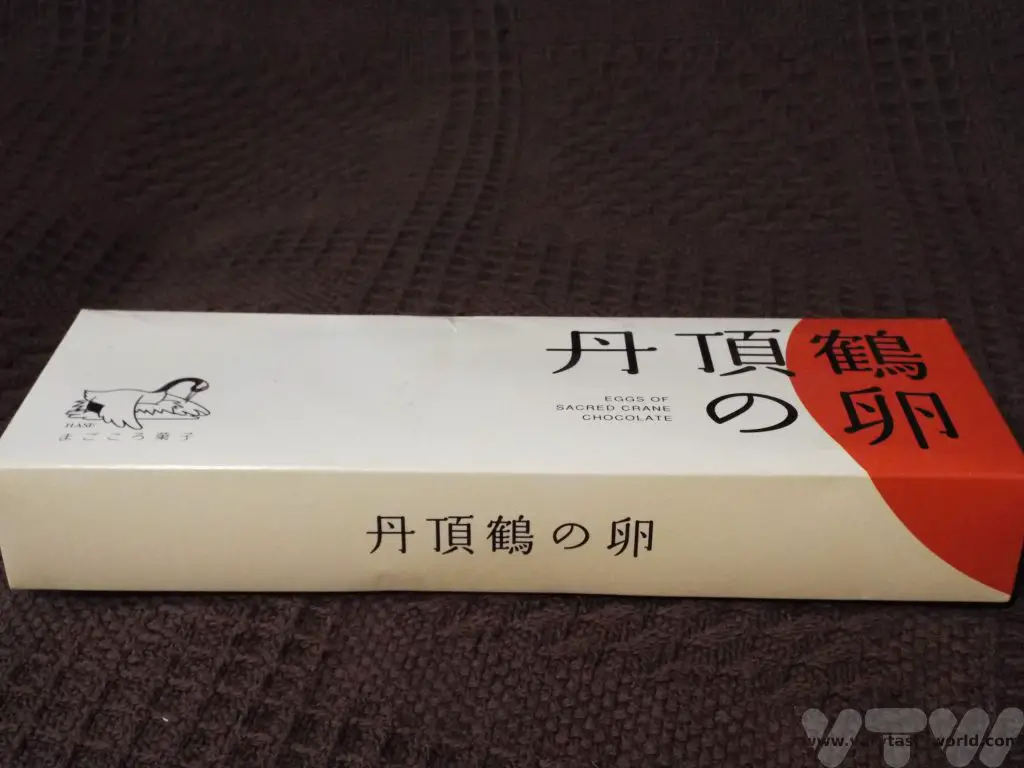
Each cake is individually wrapped with a crane logo and, on opening up each wrapper the eggs don’t look as though they survived the journey home! However, any cracks in the shell caused by a slight crushing in our rucksacks as they endured a 24 hour journey home just added to their charm.
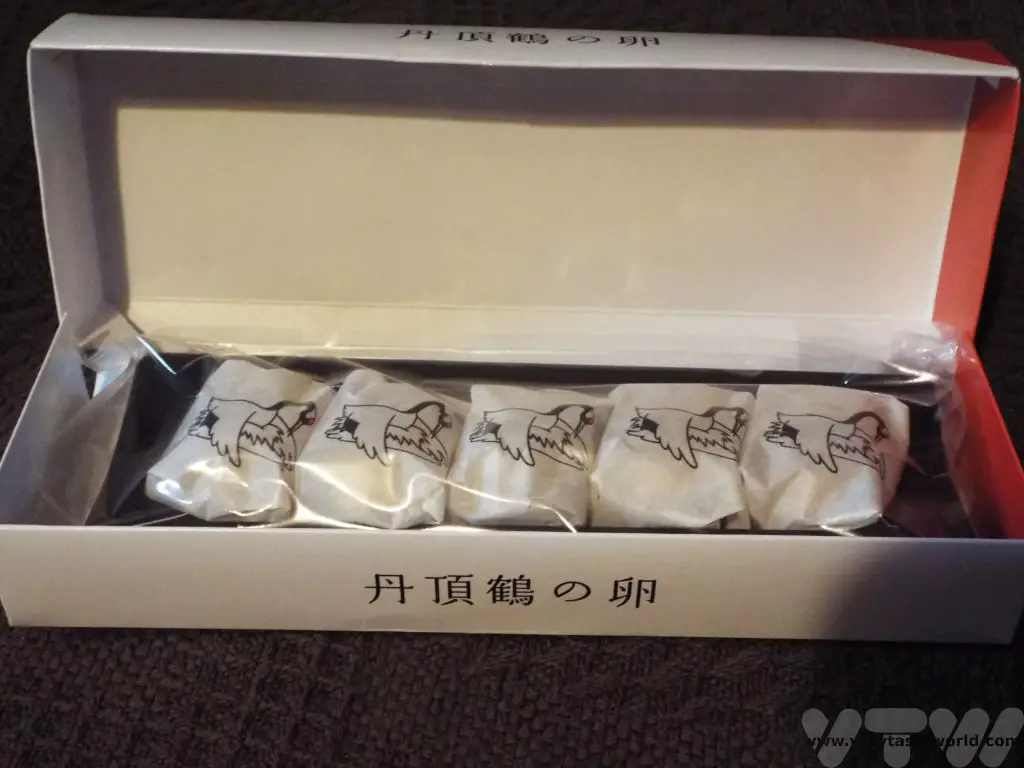
The egg’s shell is chocolate which coats hollow cake, and a soft smooth bean paste moulded into a sphere represents the yolk. The flavours are very subtle and not over-sweet. Our only complaint would be that they are much smaller than actual crane eggs and vanish in just three bites.
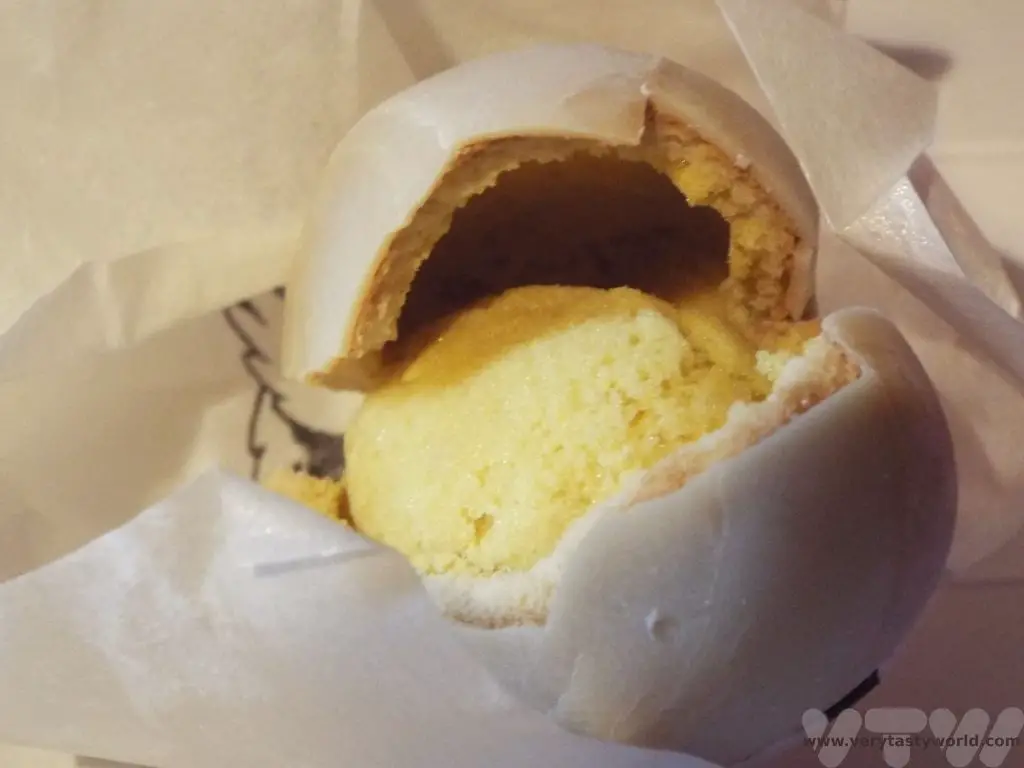
Related Posts You May Enjoy

- Recipe: Simmered Shiitake Mushrooms

- How to Use Public Transport in Japan

- RECIPE Oyakodon Donburi

- Planning a Trip to Japan

- The Makanai: Cooking for the Maiko House

- Setsubun Food – Bean Throwing Day

- The Gassho Farmhouses of Rural Japan

- Recipe: Japanese Simmered Pork Belly – Buta no Kakuni

- RECIPE: How to Make Umeboshi

The Roman Ruins in Jerash, Jordan
Roman Streets and Sweet Treats
The Roman ruins at Jerash Jordan are some of the best preserved in the world. Jerash is within an easy 50-ish km drive of the capital Amman. The site makes for a fascinating day trip; covering a very large area it is possible to wander all over the city. It is definitely worth finding a guide who can point out all the features and explain the history and the architecture, especially as there aren’t many signs or information points, although beware as they may encourage you to buy stuff you don’t really want to buy from various vendors who can be found waiting for tourists.
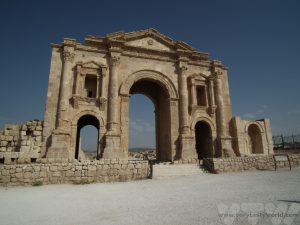
The arch of Hadrian (who had already started construction of the wall in the north of England) was erected around 129-130 AD , when the Emperor visited Jerash.
The hippodrome was an enormous arena which was used for chariot races and gladiator fights. Sometimes chariot races are re-enacted in the space. Sadly, not when we visited.
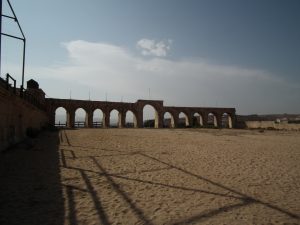
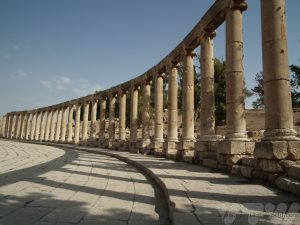
The colonnaded forum, an area designed as a marketplace but used for social gatherings, including important political meetings, is stunning. Its oval shape is very unusual.
The nymphanium, a monument to the nymphs, was fed by an aqueduct.

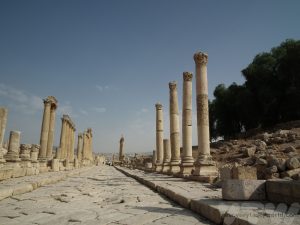
It’s possible to walk down the roman street, also known as a cardo and as straight as Roman roads are reputed to be, again lined with columns. The road’s surface is original.
There’s an amphitheatre where you can stand on the stage and let your inner thespian out. Even if you don’t feel up to a full performance of your favourite speech, it’s worth standing on the stage and just speaking – the acoustic design of the theatre ensures that your voice can be heard with remarkable clarity, even normal speech levels.
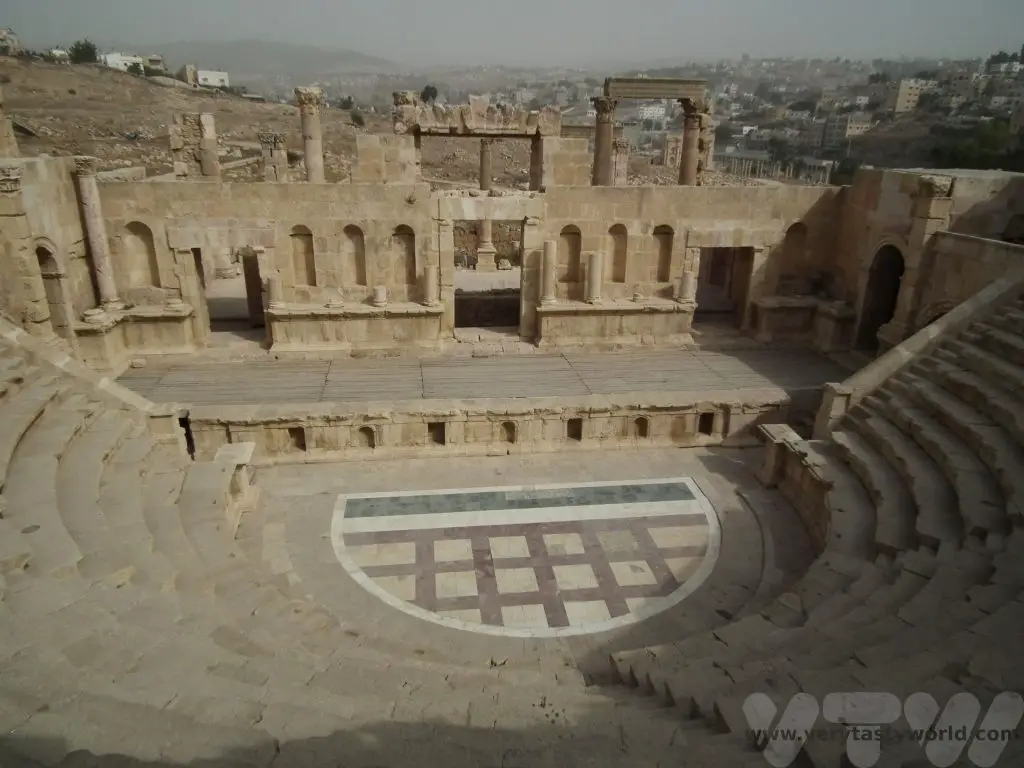
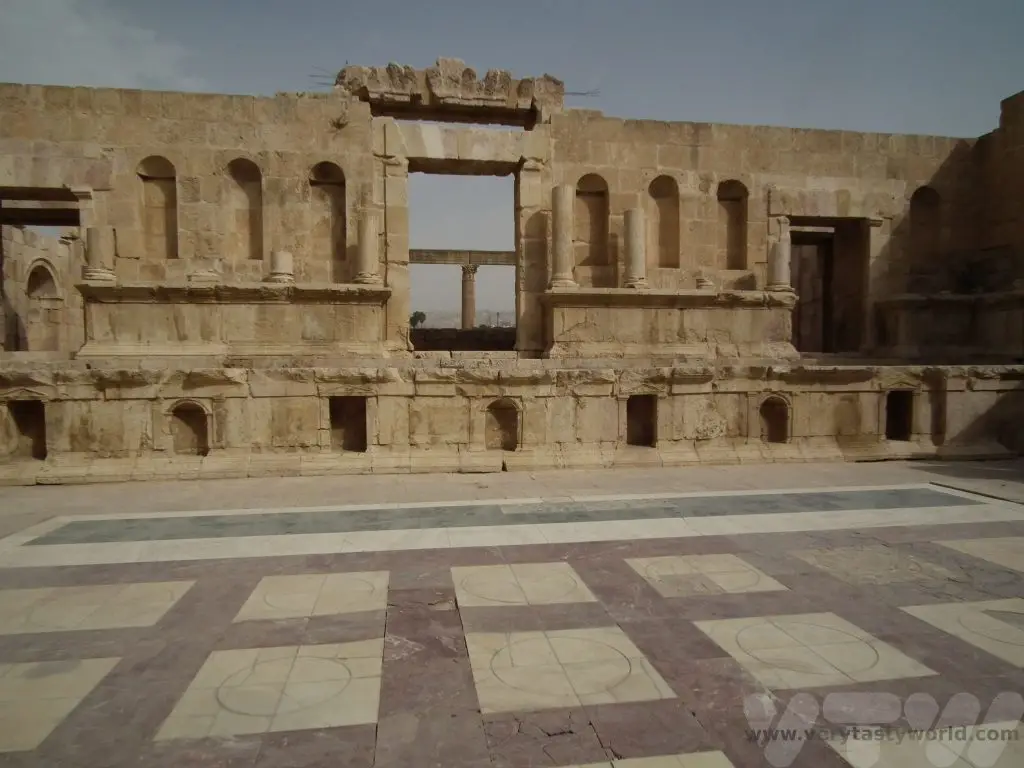
And at the end of a day’s exploration of the Roman ruins in Jerash, you are likely to be peckish. We were. Amman has some really excellent restaurants so on our return to the capital we went to Habibah to eat kanafeh.
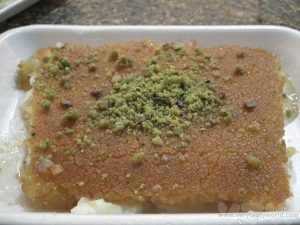
Other Posts You May Like
Jordanian Dessert – Kanafeh at Habibah
Middle eastern desserts are not only delicious they are also quite addictive. One of the defining elements of a Jordanian dessert we tried when visiting the country was the sweet, sweet syrup that soaks into and pervades the pastry or dough that forms the base. The sweetness is probably a good thing as it does limit your ability to scoff vast quantities of these scrumptious sweets.
The magic ingredient in Kanafeh is cheese. Kanafeh comprises pastry or dough, saturated in syrup and layered with a very slightly salty cheese, traditionally nabulsi or akkawi, which adds a comforting and savoury contrast to counterbalance the sweetness. Kanafeh can take a variety of forms – some use vermicelli type noodles as the base, others a pastry type dough. The syrup can be flavoured with rose or orange water to give a light fragrance to the dessert.
Habibah in Amman have been in business for several decades. It’s easy to see why. They specialise in Jordanian dessert and their kanafeh is superb.
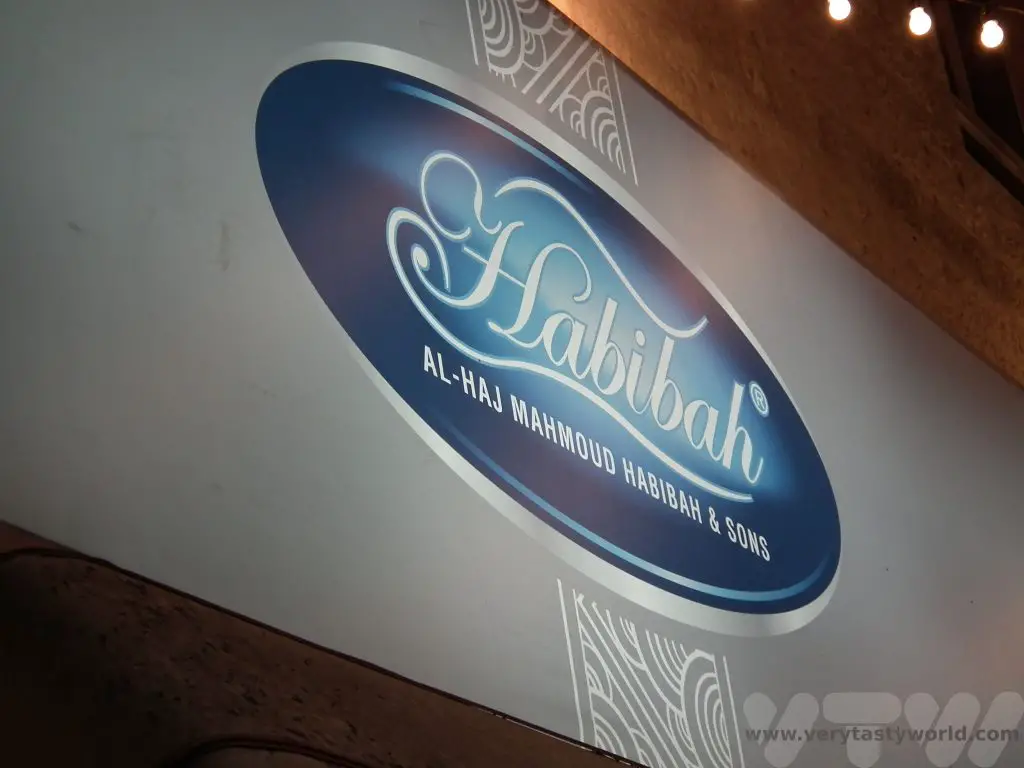
The kanafeh we tried was based on a pastry dough with layers of cheese. Topped off with pistachios for crunch and a nice green colour, and served warm, it is an absolutely delicious way to round off any meal. Or you could just order a really large portion and eat that instead of a meal – it’s worth it.
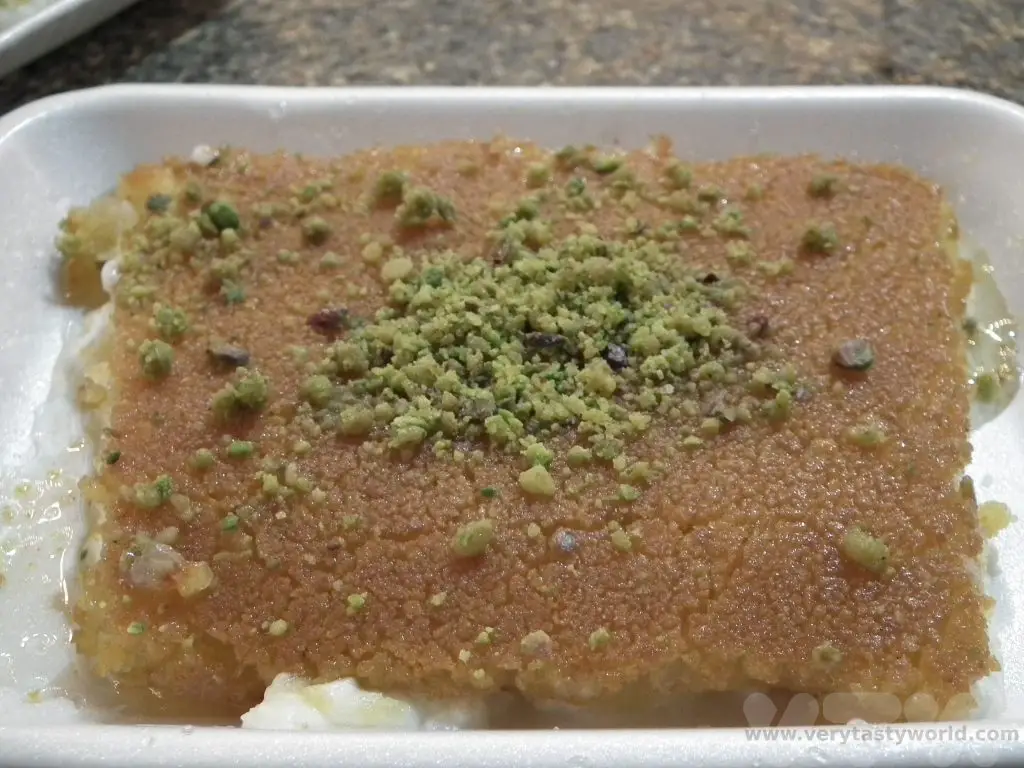
Related Posts You May Enjoy

